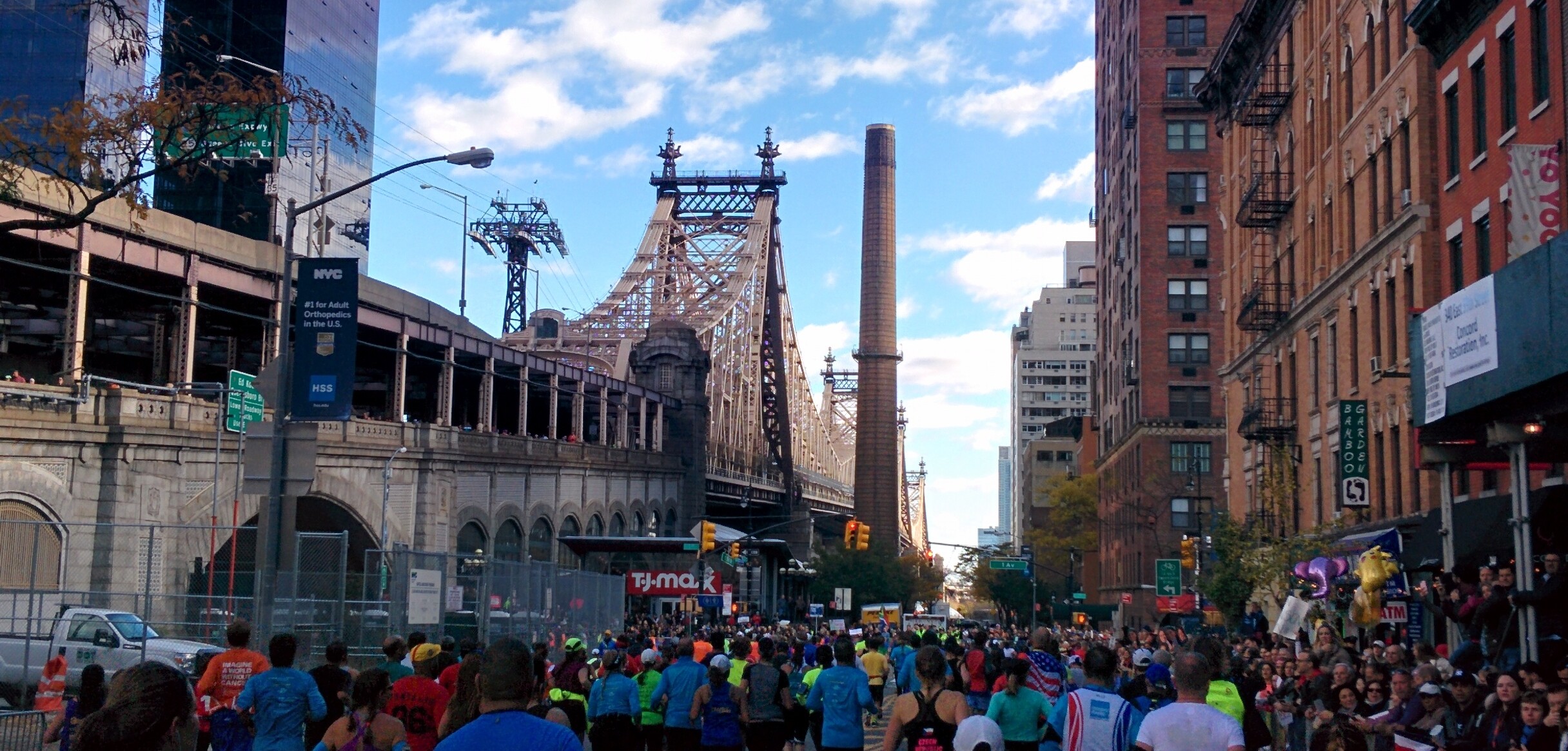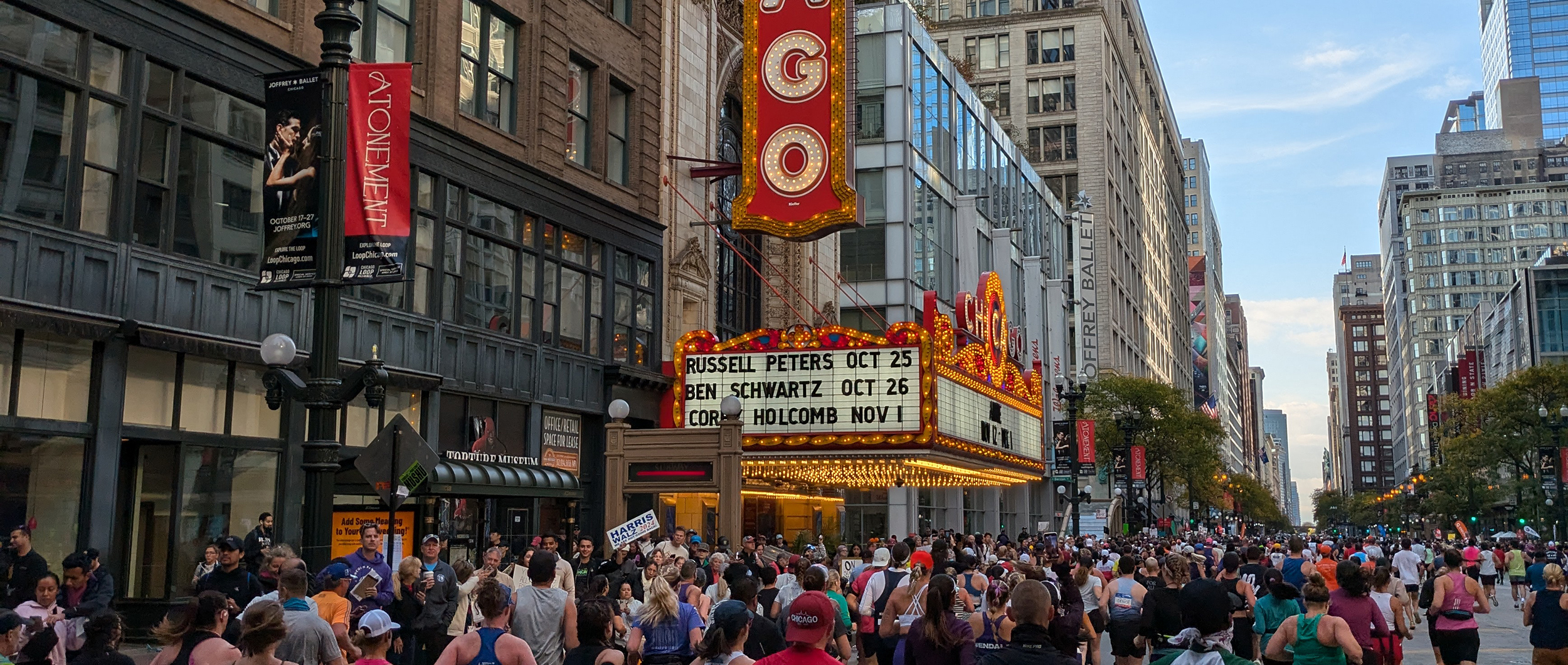News
NOW OFFERING RACE-SPECIFIC TRAINING PLANS!

Coach Tip Tuesday is here again!
I honestly can’t believe I didn’t think to write this as a Coach Tip Tuesday sooner, but alas. Better late than never! This week I’m going to tell you all something that SO many of the athletes who I work with have already heard (because I really do believe it):
Speed sensors are stupid.
Many moons ago when I was a new triathlete, I bought all of the gadgets because I thought I needed them all. FALSE, friends. FALSE. SOME gadgets are helpful, and others are just plain silly. Speed sensors fall into the silly category, but I didn’t learn this until I dropped the cash on one.
Some of you may be scratching your heads wondering exactly what a speed sensor is. Well, it’s a little device that attaches to your bike to give you data on how many miles you “traveled.” It is most often used for indoor rides so riders know how many miles to nowhere they went on their stationary trainers.
There are SO many factors that can affect how “far” you go. Tire tension is the biggest one; high tension will result in “slower” speeds, and low tension will result in “fast” speeds. The air pressure in your tires can also affect it, as can the type of trainer that you’re using.
Last winter, when my friend Brendan Jackson was still the Head Coach of Fleet Feet Sports Syracuse Triathlon, I was working on the sales floor when one of the athletes came out of their indoor spin class incredibly distressed. She was training for her first triathlon, and she was emotionally beat up because she “wasn’t fast enough” to make the time cutoffs at her goal race in July. I asked her how she could possibly know this in January, and she told me that it was because when she was at her maximum effort she was only averaging 11.5 mph during spin class and that other people were “so much faster” than her in the class.
I told that athlete the same thing that I’m about to tell all of you: no matter the distance of the ride, I generally average somewhere between 12.5 mph and 13.5 mph on my indoor trainer rides. But, when I ride outside, my average speeds are considerably higher than that, sometimes as much as 7.5 mph higher. Conversely, I’ve seen data from athletes that shows that they’re averaging 20+ mph indoors and they can barely manage to average 15 mph outdoors.
That right there is exactly why I think that speed sensors are stupid. They are so incredibly inaccurate and subject to so many external factors that it’s impossible to use them for effective data analysis. I felt so terrible that that athlete was so upset last winter, especially since the source of her distress was a completely inaccurate measure of her fitness and skills.
Disclaimer: I do still ride inside with a speed sensor, but I do so only to continue to compile my own data that shows that they are ineffective. I advise all athletes who ask me about them to save their money and put it towards other gear that is more effective and accurate. I also advise them to monitor other metrics that are more helpful in their training and not subject to so many external factors, such as cadence, power, and Rate of Perceived Exertion (RPE).
There are a very few instances where speed sensors are needed: without a smart trainer or power meter, they are required (in conjunction with a cadence sensor) for indoor training platforms such as TrainerRoad or Zwift. Additionally, they can be helpful to “fill the gaps” in GPS data that can occur for mountain bikers riding in heavily wooded areas. But that’s it. If you don’t fall into those categories, I’d recommend that you disregard that data or choose to spend your money on other gear that might serve you better.



































































































Have a question or ready to get your TRAINING started?
Fill out our Contact Form to the right and we will get back to you shortly!